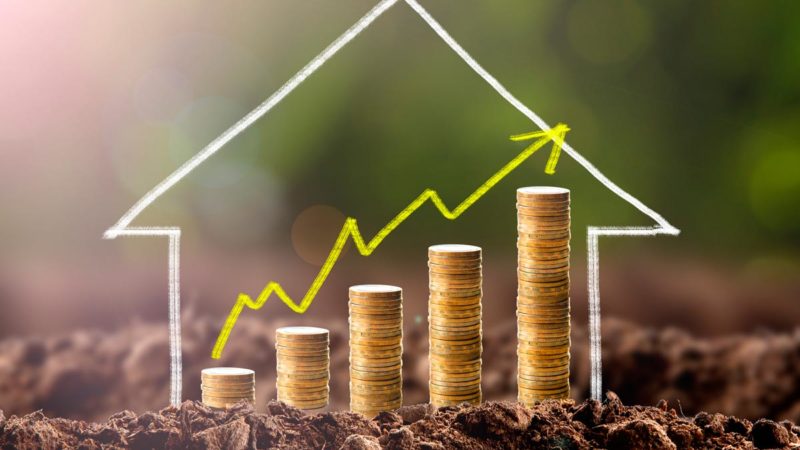The Rise of Sustainable Investing: A Guide for Today’s Investors

Sustainable investing, also known as socially responsible investing (SRI) or environmental, social, and governance (ESG) investing, has been gaining significant momentum in recent years. This investment approach focuses not only on generating financial returns but also on considering the environmental and social impact of companies. With growing concerns about climate change, social inequality, and corporate governance, sustainable investing has emerged as a powerful tool for investors looking to make a positive impact while seeking financial gains. In this article, we will explore the rise of sustainable investing and provide a comprehensive guide for today’s investors.
Understanding Sustainable Investing
Sustainable investing goes beyond traditional financial analysis by incorporating environmental, social, and governance factors into the investment decision-making process. Environmental factors include a company’s carbon footprint, energy consumption, and waste management practices. Social factors encompass human rights, labor standards, and community impact. Governance factors examine a company’s leadership, executive compensation, and shareholder rights. By considering these non-financial factors, investors aim to align their investments with their values and contribute to a more sustainable and equitable future.
The Growth of Sustainable Investing

The rise of sustainable investing can be attributed to various factors. Firstly, there is a growing awareness of environmental issues, such as climate change and resource depletion. Investors are increasingly concerned about the long-term risks associated with companies that contribute to these problems. Secondly, the demand for responsible and ethical investment options has surged among millennials and the younger generation, who prioritize sustainability and social impact. Thirdly, studies have shown that sustainable investing does not necessarily sacrifice financial returns. In fact, many sustainable funds have demonstrated competitive performance, debunking the myth that investors must choose between profit and purpose.
Incorporating ESG Factors into Investment Strategies
Investors can adopt different approaches to incorporate ESG factors into their investment strategies. One common approach is negative screening, which involves excluding companies involved in controversial activities, such as tobacco, weapons, or fossil fuels. Another approach is positive screening, where investors actively seek out companies that demonstrate strong ESG practices and align with their values. Additionally, impact investing allows investors to target specific environmental or social objectives, such as renewable energy projects or affordable housing initiatives. Engaging with companies through proxy voting and shareholder advocacy is another way to drive positive change.
ESG Data and Metrics
As sustainable investing gains traction, the need for reliable ESG data and metrics has become crucial. Various organizations provide ESG ratings and scores for companies, enabling investors to evaluate their environmental and social performance. These ratings assess factors such as carbon emissions, diversity and inclusion, labor practices, and board independence. However, challenges remain in standardizing ESG metrics and ensuring the accuracy and transparency of reported data. Efforts are underway to develop consistent frameworks that can provide reliable and comparable information for investors to make informed decisions.
Conclusion:
Sustainable investing is no longer a niche approach but a mainstream investment strategy that offers both financial returns and a positive societal impact. Investors are increasingly recognizing the importance of considering environmental, social, and governance factors when making investment decisions. By aligning their portfolios with their values, investors can contribute to a more sustainable and equitable world. As the demand for sustainable investing continues to grow, it is essential for investors to educate themselves about the various approaches and tools available. By doing so, they can harness the power of sustainable investing and play a role in shaping a more sustainable future for generations to come.
